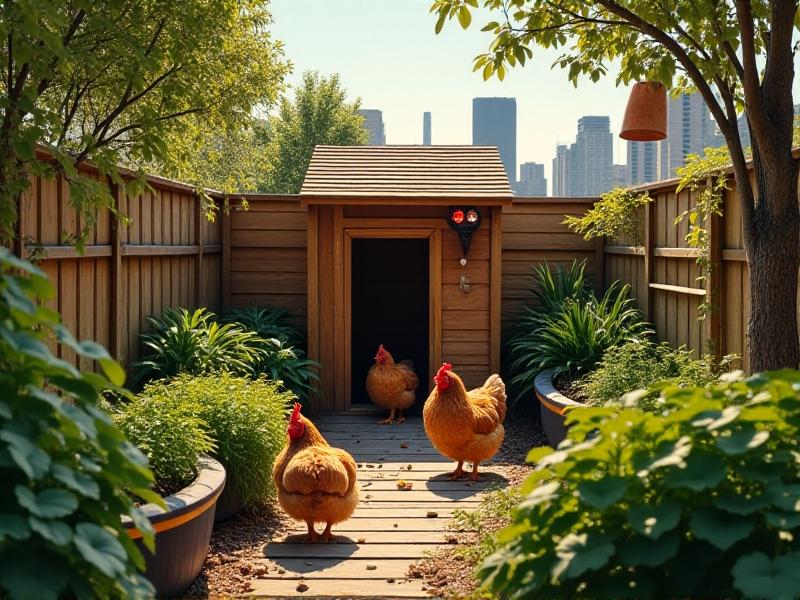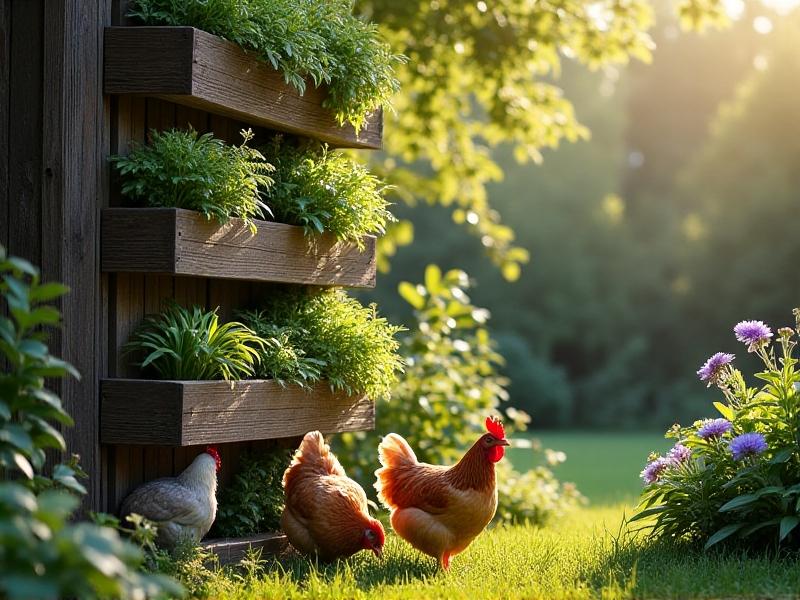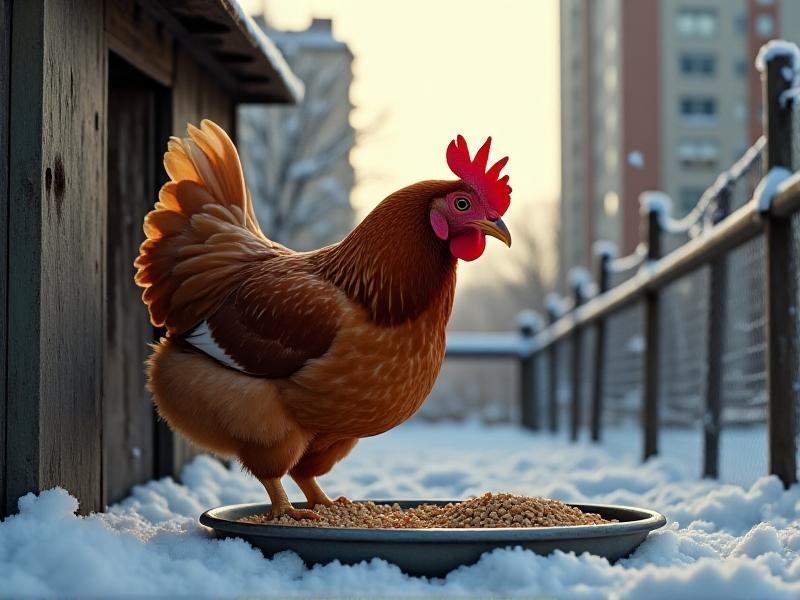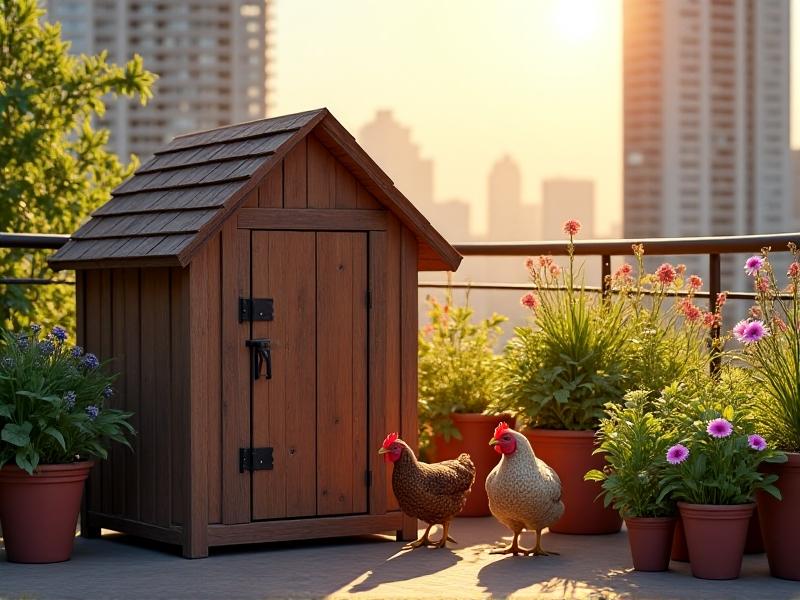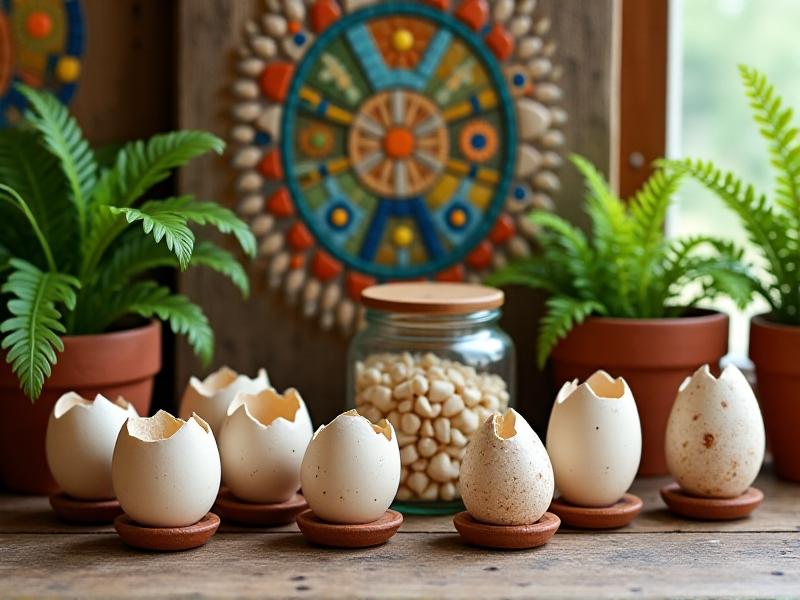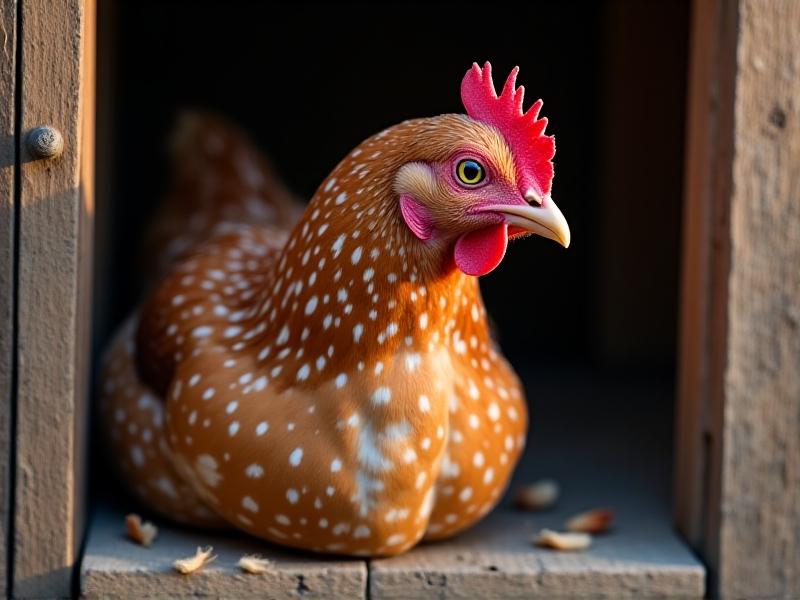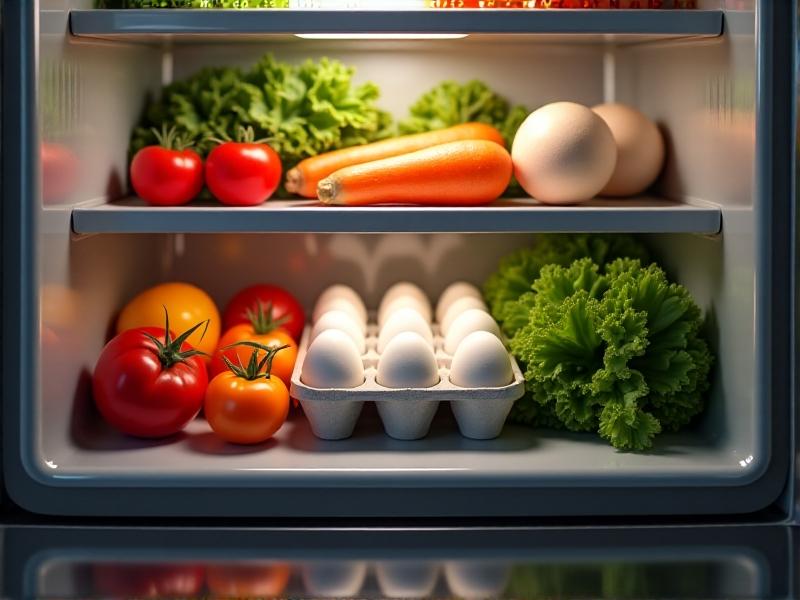Container Gardening: Growing Chicken Treats in Limited Space
Why Container Gardening is Perfect for Chicken Owners
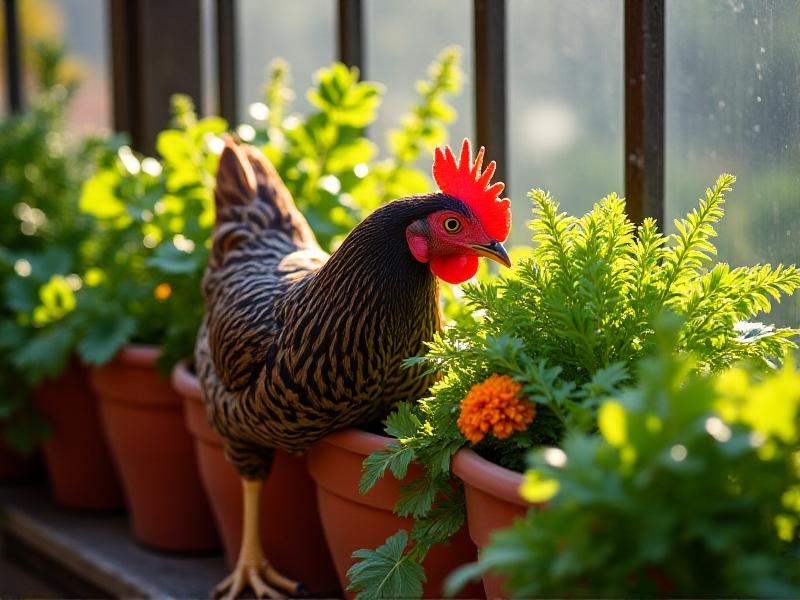
Urban and suburban chicken keepers often face space constraints, but container gardening offers a flexible solution. By growing chicken-friendly plants in pots, you can transform balconies, patios, or even window ledges into mini farms that provide fresh, nutrient-rich treats for your flock. Containers allow precise control over soil quality and moisture levels, ensuring optimal growth for herbs and vegetables. Plus, they’re portable—move them to sunnier spots or elevate them to keep curious beaks from overgrazing tender seedlings. This method also reduces the risk of soil-borne diseases, creating a safer snack source for your hens.
Choosing the Right Containers for Your Flock’s Favorites
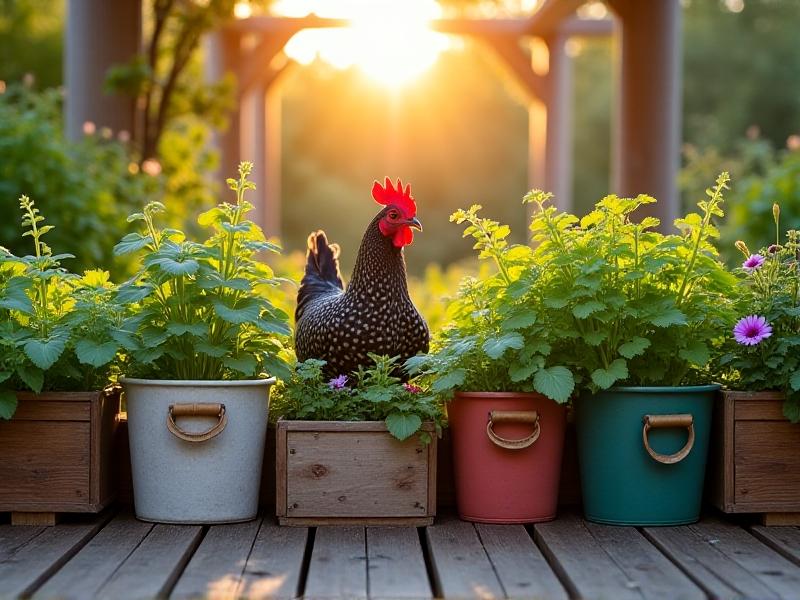
Selecting containers depends on the plants you’re growing and your space. Herbs like oregano or thyme thrive in shallow pots, while deep-rooted veggies like carrots need taller containers. Fabric grow bags promote air pruning for healthier roots, while repurposed buckets or crates add a rustic charm. Ensure drainage holes to prevent waterlogging—a common issue in confined spaces. Lightweight options like plastic or resin are ideal for rooftops, but terracotta or ceramic pots add stability in windy areas. Match the container size to the plant’s mature growth to avoid overcrowding, which can stunt yields.
Top Nutrient-Rich Plants Chickens Love
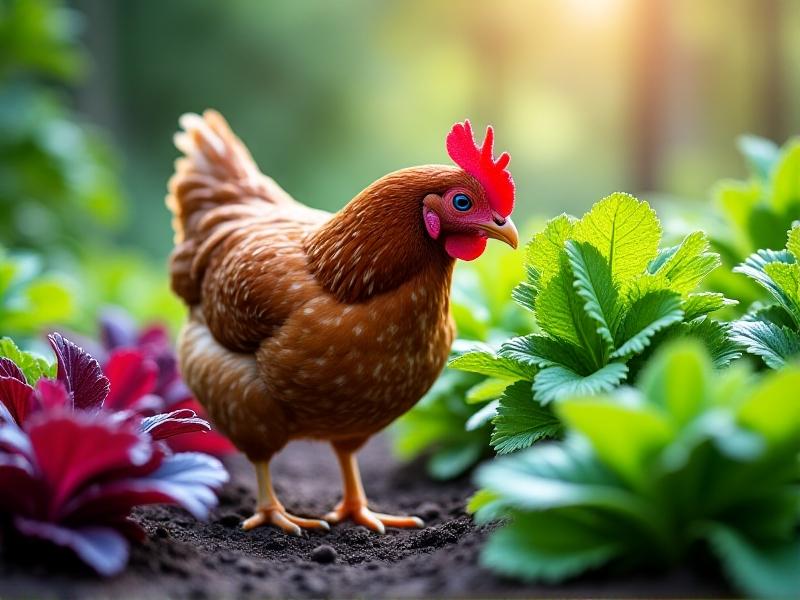
Chickens relish variety, so focus on nutrient-dense options. Leafy greens like kale and spinach are packed with vitamins A and C, while herbs like parsley support respiratory health. Edible flowers like calendula and nasturtiums add color to their diet and act as natural dewormers. Avoid toxic plants like nightshades or foxglove. Fast-growing crops like arugula or mustard greens provide quick yields, perfect for frequent foraging. Foraging stimulates natural behavior, so intersperse taller plants with low-growing varieties to encourage exploration. Always research plant safety—even common garden plants can harm poultry.
Soil and Setup: Building a Healthy Foundation

Healthy soil is the backbone of container gardening. Use a high-quality potting mix blended with compost or worm castings for nutrients. Avoid garden soil, which can compact in pots and restrict root growth. For drainage, add perlite or coarse sand. Layer the container’s bottom with gravel or broken pottery to prevent clogged drainage holes. Position containers where they’ll receive 6–8 hours of sunlight daily—south-facing spots are ideal. Group plants with similar water needs; drought-tolerant herbs like rosemary shouldn’t share pots with thirsty lettuces. Elevate containers on bricks or stands to deter pests and improve airflow.
Watering and Feeding: Balancing Plant and Poultry Needs
Containers dry out faster than garden beds, so consistent watering is key. Check soil moisture daily—stick a finger 1–2 inches deep; water if dry. Mulch with straw or coconut coir to retain moisture and reduce weeds. Use organic liquid fertilizers like fish emulsion or compost tea every two weeks to replenish nutrients. Chickens can assist with pest control: let them peck at fallen leaves or bugs, but protect young plants with mesh covers. Avoid chemical pesticides; instead, introduce beneficial insects like ladybugs. Rotate crops seasonally to prevent soil depletion and keep your hens interested in new treats.
Creative Space-Saving Ideas for Urban Flocks
Maximize vertical space with trellises for climbing plants like peas or cucumbers. Hanging baskets of wheatgrass or alfalfa offer easy-access greens. Repurpose shoe organizers or pallets into tiered planters for herbs. Use wheeled carts to rotate plants into sunlight or shade as needed. Interplant fast-growing radishes with slower-growing crops—harvest the radishes before they crowd their neighbors. Create a “salad bar” by arranging containers at varying heights; hens will jump to reach dangling treats. Incorporate edible landscaping by tucking pots among ornamental plants, blending aesthetics with functionality.
Harvesting Strategies for Continuous Growth
Harvest leafy greens by picking outer leaves first, allowing the center to keep producing. Snip herbs just above a leaf node to encourage bushier growth. Let plants like clover or dandelion flower—their seeds are chicken favorites. Avoid overharvesting; never take more than one-third of a plant at once. Rotate which containers your hens can access daily to prevent overgrazing. Dry surplus herbs or blanch and freeze greens for winter treats. Save seeds from healthy plants for next season’s crop. By staggering planting times and choosing perennials like comfrey, you’ll ensure a year-round supply of fresh snacks.
